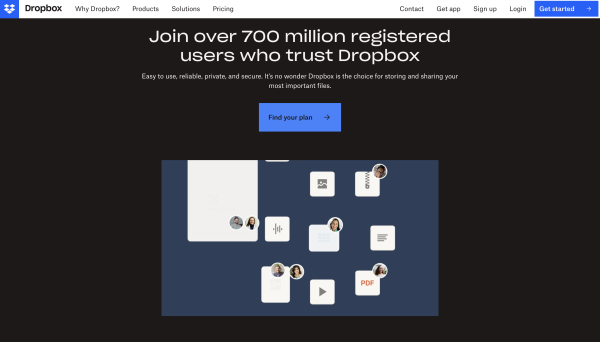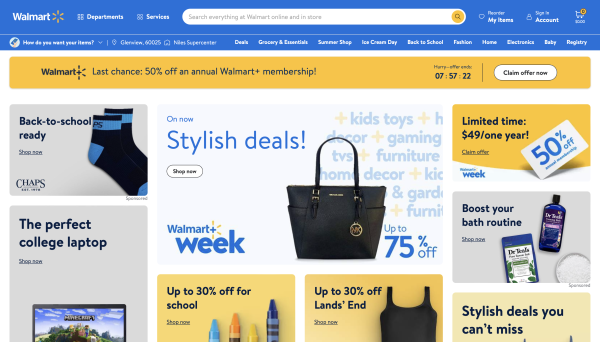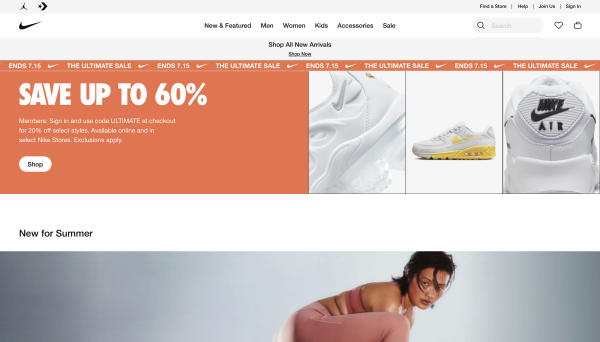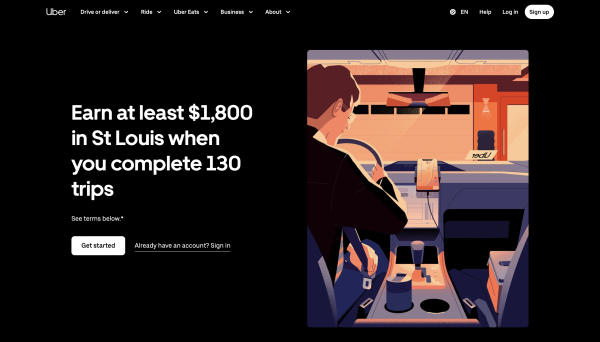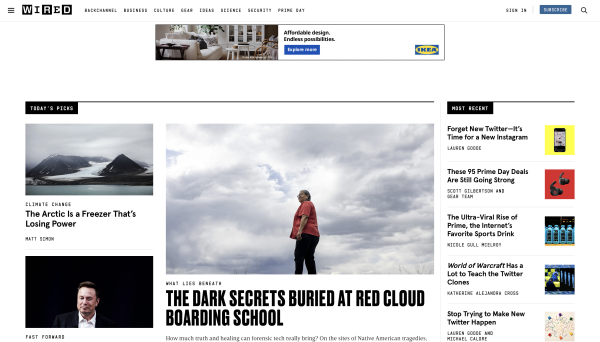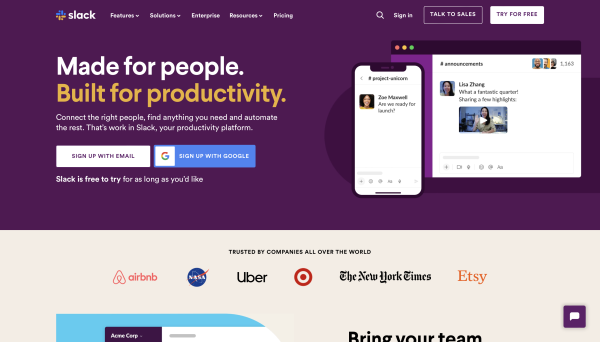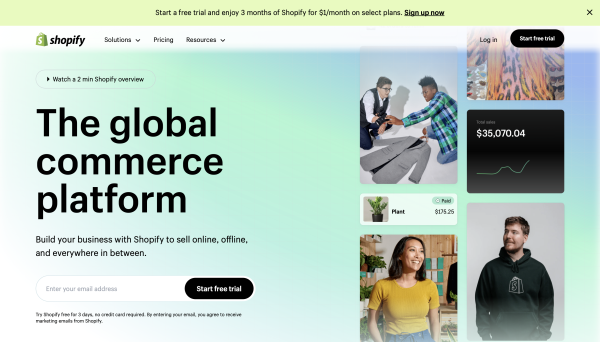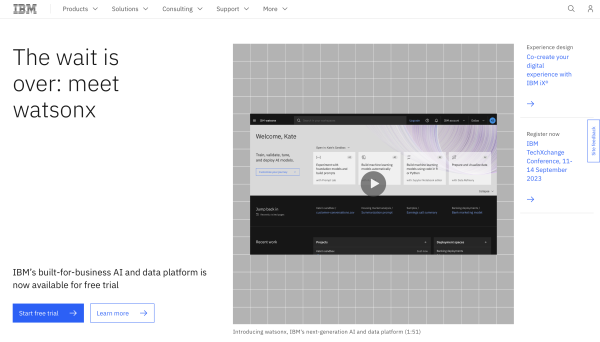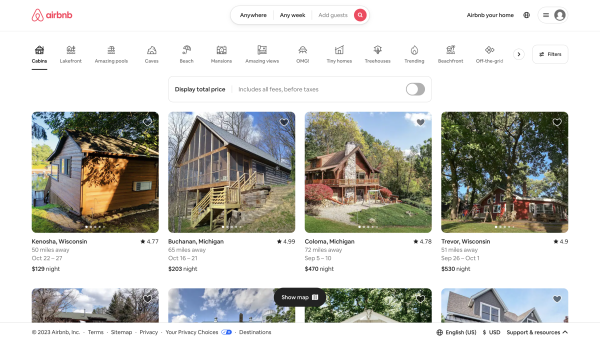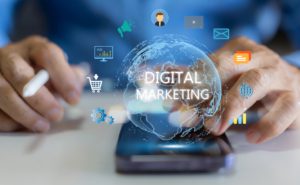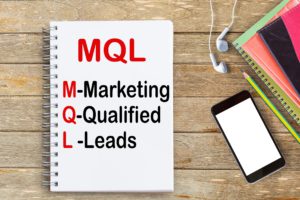
5 Ways to Revamp Your Email Marketing Strategy and Increase ROI
Email marketing is an affordable and effective tool to help your rand stay in touch with customers to ensure more revenue. In fact, studies show that robust email marketing strategies have an ROI of about 4400%.
If your email marketing performance is subpar, there are several strategies you can implement to ensure better results. The following tips can help improve your email marketing results and grow your business.
Ways to Revamp Email Marketing Strategy and Increase ROI
-
Plan Your Emails
Your emails may contain helpful and resourceful content, but you may not get optimum results if they’re not well-planned.
The email subject line is the first aspect your recipient sees before opening the message. Ideally, the brief statement should grab your recipients’ attention and compel them to open and read your email.
Similarly, no one wants to read a disorganized email with a cluttered layout. This overwhelms your recipients, increasing the chances of abandonment.
Instead, plan and organize your layout to maximize user experience. This means you should incorporate white space and strategically place the visuals and text to make the email easy to navigate and digest.
-
Build a Quality Email List

Building a quality email list is one of the most complex parts of email marketing strategies. However, you can simplify the task by determining your business’s best subscriber acquisition method.
If your website attracts many visitors, you can use it to convert the traffic to subscribers. Most importantly, even a slight increase in subscribers can impact the number of people that become your customers.
You can start by improving the exposure of your lead magnets by including them in relevant content across different channels. Alternatively, depending on your brand offers, you can develop quality lead magnets focused on the type of subscribers you want to attract.
The goal is to optimize the available opportunities for visitors to opt into your email list by ensuring your most popular content has valuable downloadable resources for your audience.
-
Segment and Personalize Your Emails
When you send a similar message to your email list, you forego the opportunity to get optimum returns in your campaigns. Instead, break down the subscribers into different segments depending on their engagement levels and stages in the buyer journey.
Ideally, you can use the purchase frequency or other significant customer data to group your subscribers based on your goals.
Your subscribers want different content depending on their needs, so you should customize the messaging to serve their needs. However, this doesn’t happen in a day. Start with two segments –frequent customers and non-customers and proceed from there.
Personalization works in tandem with segmentation to ensure optimum email marketing performance. And since open and CTRs are the top KPIs in email marketing campaigns, personalization is critical to enhancing engagement rates. Typically, custom emails have a 26% higher open rate and generate more transactions.
For instance, addressing your audience by name can boost engagement due to higher open rates. Most importantly, using various data sets, like customer interests, demographics, and engagement behaviors, can enhance your personalization strategy. This helps establish and nurture a relationship with your audience, essential for higher conversions.
-
A/B Test Your Emails
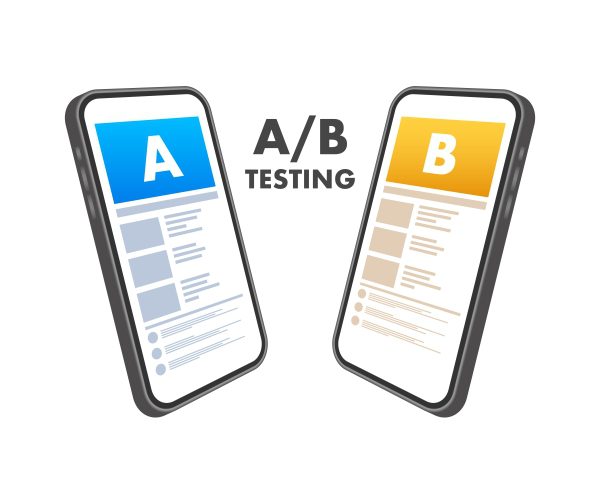
People often get comfortable once they establish a routine. While routines are critical in email marketing, tweaking the approach can be beneficial. It helps you gain the invaluable insight necessary for improvement.
You can pick an element in your email marketing strategies and adjust it to determine the performance. For instance, you can start with email length and format to see which version performs better. If your emails are concise, but some of your customers want more content, you can add more sections and observe the performance of your newsletters.
Regardless of the size, ensure the content is resourceful and awesome to ensure high customer engagement levels.
Also, you can test different subject lines for specific groups and analyze the performance. After some experiments, you can determine the best variation for different groups in your email list segments.
For instance, you can test different CTAs, like buttons and links. You divide the subscribers into two groups and send a different CTA for each group. After collecting and analyzing the data, you can quickly determine the most effective option since the two groups share specific characteristics.
The insights can inform your present and future decisions when adjusting or deploying your next email campaign. The idea is to pick the best format based on your results.
Also Read: Email Opening Lines That Actually Work
-
Mobile Optimization

Most subscribers open and read emails on smartphones, accounting for 41% of email views. Therefore, mobile optimization is critical to maximizing your email marketing ROI.
Maximize your use of plain text and break content into scannable sections that fit into smaller screens. In addition, keep them brief to enhance engagement. Quantity doesn’t always win when it comes to mobile users.
High-resolution images may look stunning on a desktop, but they may work against you when targeting mobile users. Therefore, make sure to use lower resolution for mobile content.
However, you can still use high-resolution images with the right tools to compress the images based on the user’s device. It’s always a good practice to consider the resolution capability of most device users to ensure the images are crisp across all devices.
Bottom Line
The email marketing process consists of multiple parts that require careful planning. While the process can be overwhelming, you can make the project manageable by developing a robust strategy to implement and track your campaigns.
Most importantly, you should create email marketing strategies you can use to simplify things depending on your business goals. Regardless of your approach, it would be best if you implemented a measurable strategy that streamlines your efforts when creating targeted campaigns.









